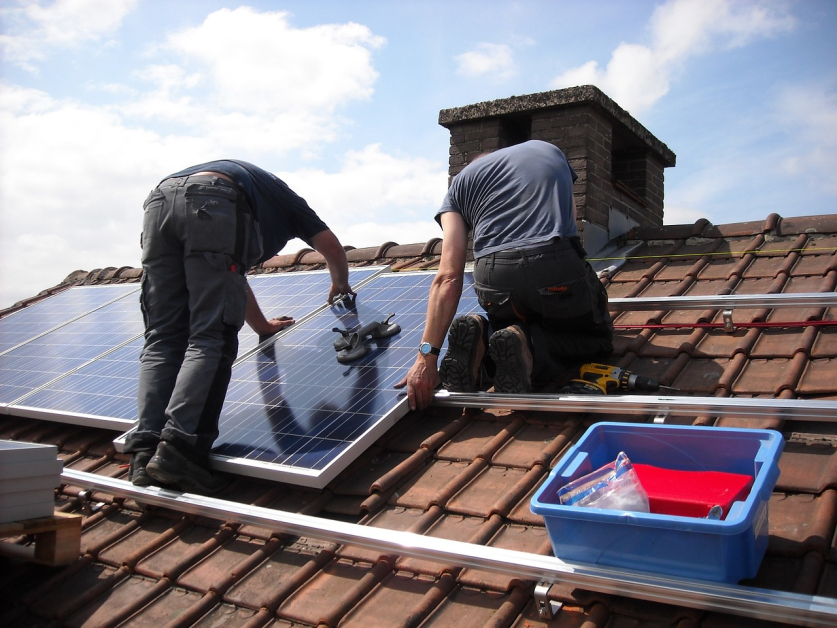While new laws came into effect this week requiring all new housing to have a 7-star energy efficiency rating, our nation’s ageing social housing stock remains among the least energy efficient of all homes in Australia, contributing to significant carbon emissions.
Many social housing providers have retrofitting projects that aim to improve energy efficiency and physical and mental health outcomes for the occupants of these homes. However, new AHURI research reveals a disconnect between the focus of these projects and the upgrades residents would prefer.
The research, ‘Sustainable social housing retrofit? Circular economy and tenant trade-offs’, undertaken for AHURI by researchers from the University of Adelaide and RMIT University examines the difference between the preferences of tenants and the broader requirements of the social housing providers, such as their legal obligations, budget limitations, and desire to improve sustainability.
The research surveyed over one thousand Australian low to moderate income households across a range of tenures to determine their preferences across a series of different retrofit and upgrade options.
…solar panels, new paint and carpet upgrades and ceiling insulation are the most preferred retrofits…
In general, solar panels, new paint and carpet upgrades and ceiling insulation are the most preferred retrofits within their respective categories.
“However, our findings show that the types of upgrades to their housing that householders most want don’t necessarily align with the most efficient retrofit priorities and don’t align with the sort of upgrades that typically receive funding, apart from the installation of solar panels,” says the lead author of the research, Professor Emma Baker from the University of Adelaide.

“Instead, the upgrades that may have the highest cost–benefit outcomes, such as draft sealing and ensuring electrical appliances are operating efficiently, were not highly desired by residents. Often these options are less ‘visible’ and the benefits may not be immediately evident or well communicated to householders.”
The research clarifies that the objectives underlying retrofit programs can vary greatly between different groups of stakeholders: social housing providers may be largely motivated to assist their tenants to avoid energy poverty; industry groups seem principally focussed on sustainability outcomes; while many tenants’ main motivation is wanting homes that are more liveable, efficient, clean and warm.
“Our research also finds that international best practice includes having minimum standards for all housing, including social housing buildings,” says Professor Baker.
“These minimum standards include a range of different housing elements such as window coverings, heating and cooling systems and other basic functions. In some jurisdictions, for example in New Zealand, these minimum standards are linked, not only to improving the quality of a dwelling, but the wider social benefits that they deliver, such as improved health outcomes.”
The report can be downloaded from the AHURI website at http://www.ahuri.edu.au/research/final-reports/397

